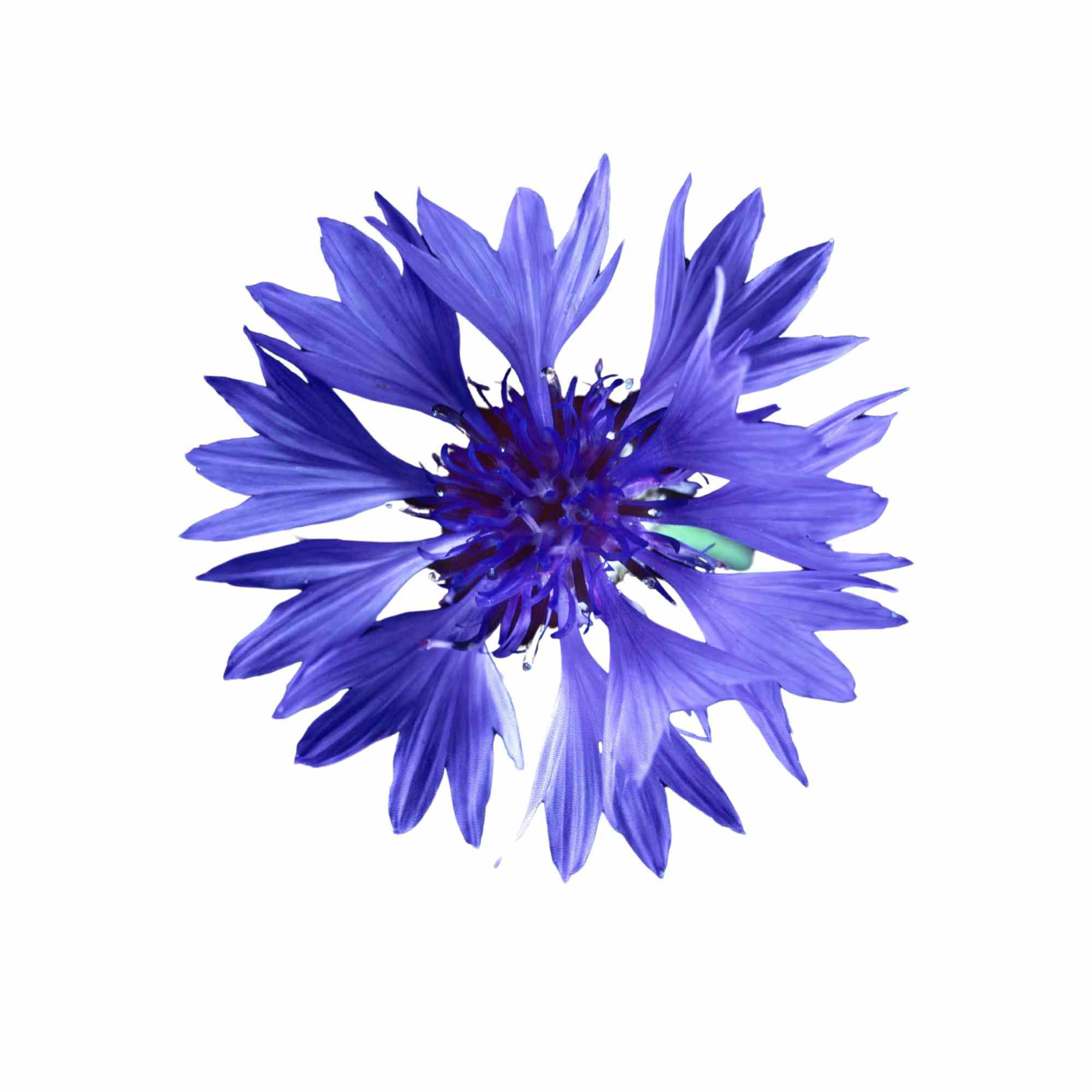Definition of Caffeine
Caffeine, chemically known under the name of trimethylxanthine, is a natural alkaloid found in several plants such as the coffe bush, the tea bush, the cacao tree and the guarana. Even though it is principally known for its stimulating effects when ingested, caffeine also owns beneficial properties in cosmetics, particularly in skincare.
Actions and benefits of caffeine
Property of caffeine: reduction of eyebags and dark circles
Caffeine is known for its decongesting properties. It stimulates blood and lymphatic microcirculation, helping in reducing eyebags and dark circles under the eyes. By favoring the drainage of accumulated fluids, it contributes in a more rested eye contour.
Property of caffeine: powerfum antioxidant
Caffeine is rich in antioxidant, including polyphenols, that protect the skin against free radicals damages. These antioxidant help slowing skin aging while preventing blood oxidation, it enhances skin's elasticity.
Propetty of caffein: anti-inflammatory
Caffein owns anti-inflammaatory properties thanks to chlorogenic acid and other components. These elements help to soothe skin inflammations, reducing redness and irritations. This make it an ideal ingredient for sensitive skins and skins prone to inflammations.
Property of Caffein: skin texture enhancing
By stimulating blood circulation and bringing more oxygen and nutrients to the skin, caffein contributes in enhancing skin texture, making it smoother and with less imperfections. It also helps tighten the pores, giving a more refined and a brighter aspect to the skin.
Clinical and scientific studies on caffein
Studies have demonstrated that caffein can enhance skin microcirculation and help detoxifying the skin. For example, a research published in the journal "Advanced Biomedical Research" has proven that a topical application of caffein can significantly reduce eyebags and dark circles under the eyes, all while enhancing hydration and elasticity of the eye contour. Another study has highlighted the antioxidant activity of caffein, capable to efficiently inhibit lipid peroxidation.
Sourcing of caffein
Caffein used in cosmetic products is generallye extracted from natural sources, such as coffee grains and tea leaves. These plants are cultivated in tropical and subtropical areas, offering an ideal climate for their growth. For example, coffee bushes thrive in humid areas with a moderate altitude, like Brasil, Columbia or Ethiopia. On the other hand, the tea bush is often cultivated in areas where the climate varies from humid areas in chinese moutains, to verdant plantations in India and Sri Lanka.
Caffein in our products
We particularly appreciate caffein for its exceptional benefits for skin, this is why we have integrated it into our eye contour serum. It capacity to reduce eyebags and dark circles, while offering an antioxidant protection, makes it a precious ingredient to treat this delicate area. Adapted to all types of skins, even the most sensitive ones, caffein contributes in decongesting and soothing the eye contour.
Sources :
- SHATALEBI M. A. & al. Evaluation of the clinical efficacy and safety of an eye counter pad containing caffeine and vitamin K in emulsified Emu oil base. Advanced Biomedical Research (2015).
- HERMAN A. P. & al. Caffeine's mechanisms of action and its cosmetic use. Skin Pharmacology and Physiology (2013).




